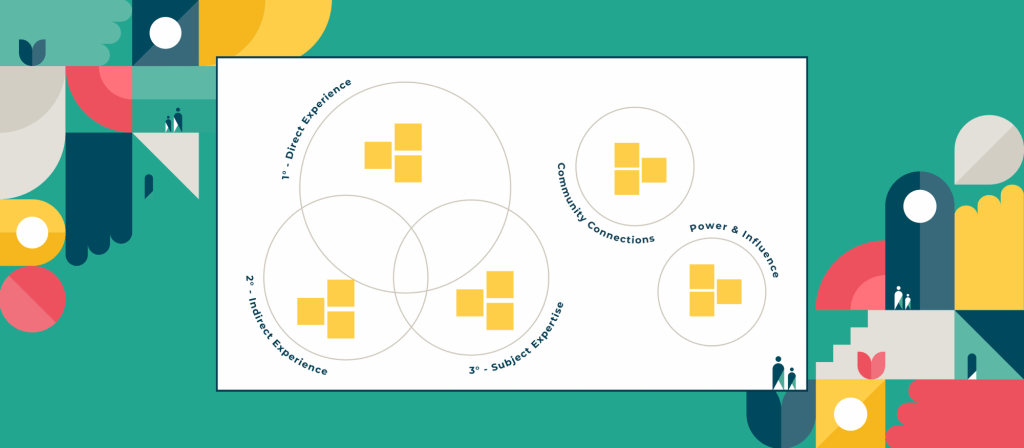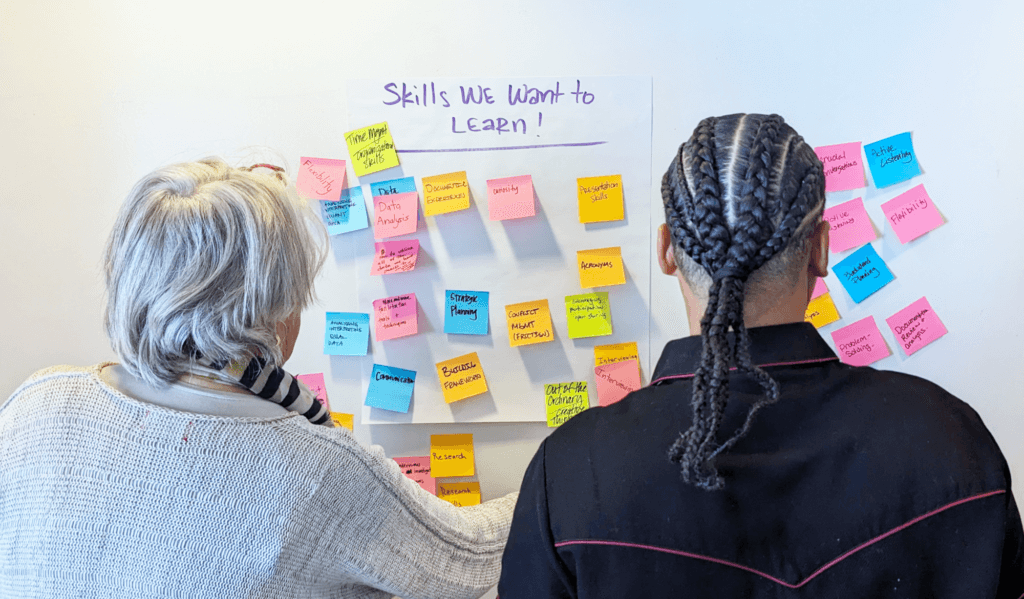Tool Case Study: Interview Strategy at the Workforce Investment Board of Tulare County
Collecting critical insights from customers while honoring their contributions (by Tom Price)
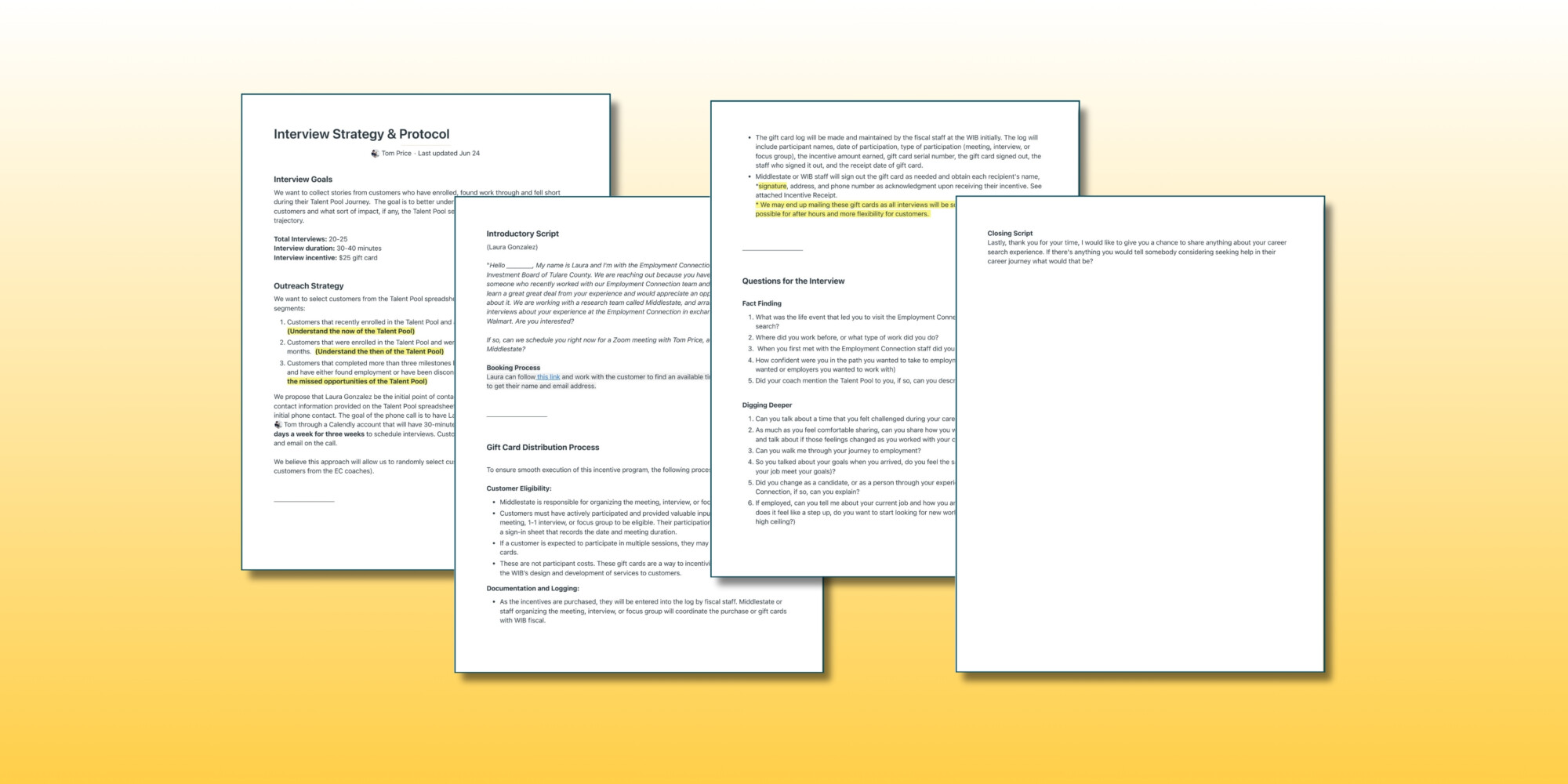
The CivicMakers Team led the inaugural Workforce Transformation Corps cohort, in partnership with Make Fast Studio, Jobs for the Future, California Workforce Association, Turning Basin Labs, and the James Irvine Foundation. This year-long learning and engagement program placed fellows in workforce development boards throughout the state of California to integrate human-centered design and equity-centered approaches into their organizations and their work with communities.
Tom Price was one of five Fellows in the Workforce Transformation Corps (WTC). He worked closely with the Workforce Investment Board (WIB) of Tulare County to develop a service strategy called the Talent Pool.
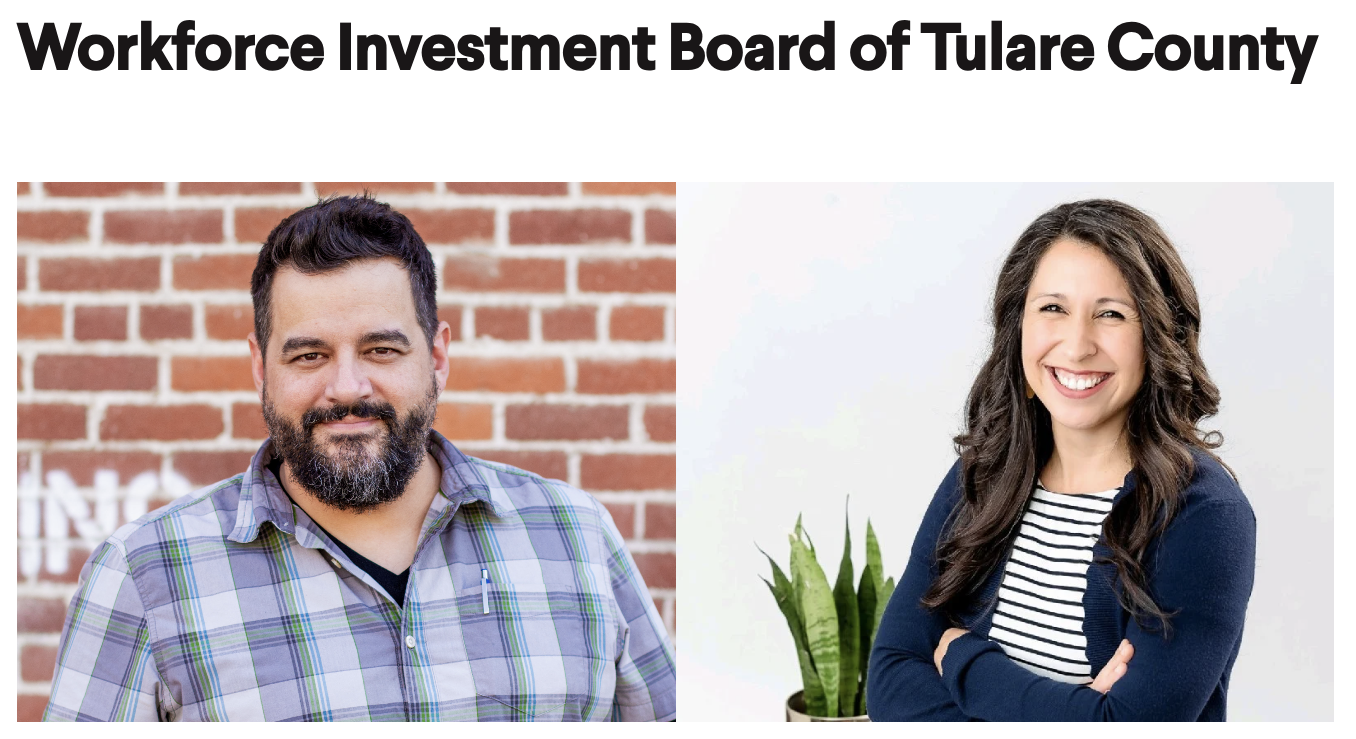
Tool Application
Validating the Talent Pool framework early in the implementation process
The WIB recognized in 2023 that in Tulare County there was a glaring truth —too many people are unemployed or in low-wage jobs that don’t sustain their families, and too many businesses have high-quality jobs that go unfulfilled. They felt compelled to address this, and began the process of dramatically reimagining their service delivery model.
The purpose of the Employment Connection Talent Pool is to help workers develop the skills they need to obtain a quality job.
The Tulare County WIB created a framework that outlines the journey for customers to join the job-ready Talent Pool. As part of that journey, Tulare County’s job center’s customers are encouraged to meet four milestones:
- Understand Your Skills
- Explore Your Career Options
- Overcome Personal Challenges
- Build a Professional Portfolio
Early in the implementation process for the “Talent Pool,” we needed to better understand how customers were experiencing the updated delivery of services. We designed and conducted interviews with customers and customer-facing staff to hear about their personal journeys, digging deeper into any challenges or support they received along the way.
We collected stories in multiple ways over the course of four months, conducting interviews that were arranged by job center staff. This included impromptu drop-in surveys at two locations, and random-selection interviews scheduled by phone and conducted via Zoom. In each case, we approached the efforts with clearly designed protocols and objectives in mind.
One insight gained by this strategy was the fact that staff-selected participants tended to represent customers who were having the most success or were “better prepared” for the interview. This forced us to refine our strategy as we sought to include voices of individuals who had experiences that represented the full spectrum of outcomes.
Understanding these processes from a customer perspective was essential to ensuring that the updated service delivery model — our approach to customer service — truly added value. One example, of many insights that were uncovered during this process, was that there were challenges in timing when to introduce the Talent Pool to customers.
When presented too early it felt like a tremendous task was put in front of a customer and when shared too late, you were missing an opportunity to provide incentive for the customer. The majority of customers were looking to get connected directly to a job and the simple act of enrolling in WIOA was moving the needle, whereas the idea of “not” making it to the Talent Pool could feel like a failure.
As a result of these insights, the roadmap to the Talent Pool has been a windy road with many iterations. Even now, in October of 2024, there is an effort to change the language and the way customers are introduced to and engage with the Talent Pool. The current iteration uses this framework as a tool for coaches to help people navigate their way to the Talent Pool, but is not customer-facing.
“We’re having difficulty getting customers to commit to something like this. Just because it’s a lot of milestones to me. I mean, every single one of them has requirements.” — Staff insight
“The milestones, I think are a challenge to get and take too long to accomplish.” — Staff insight
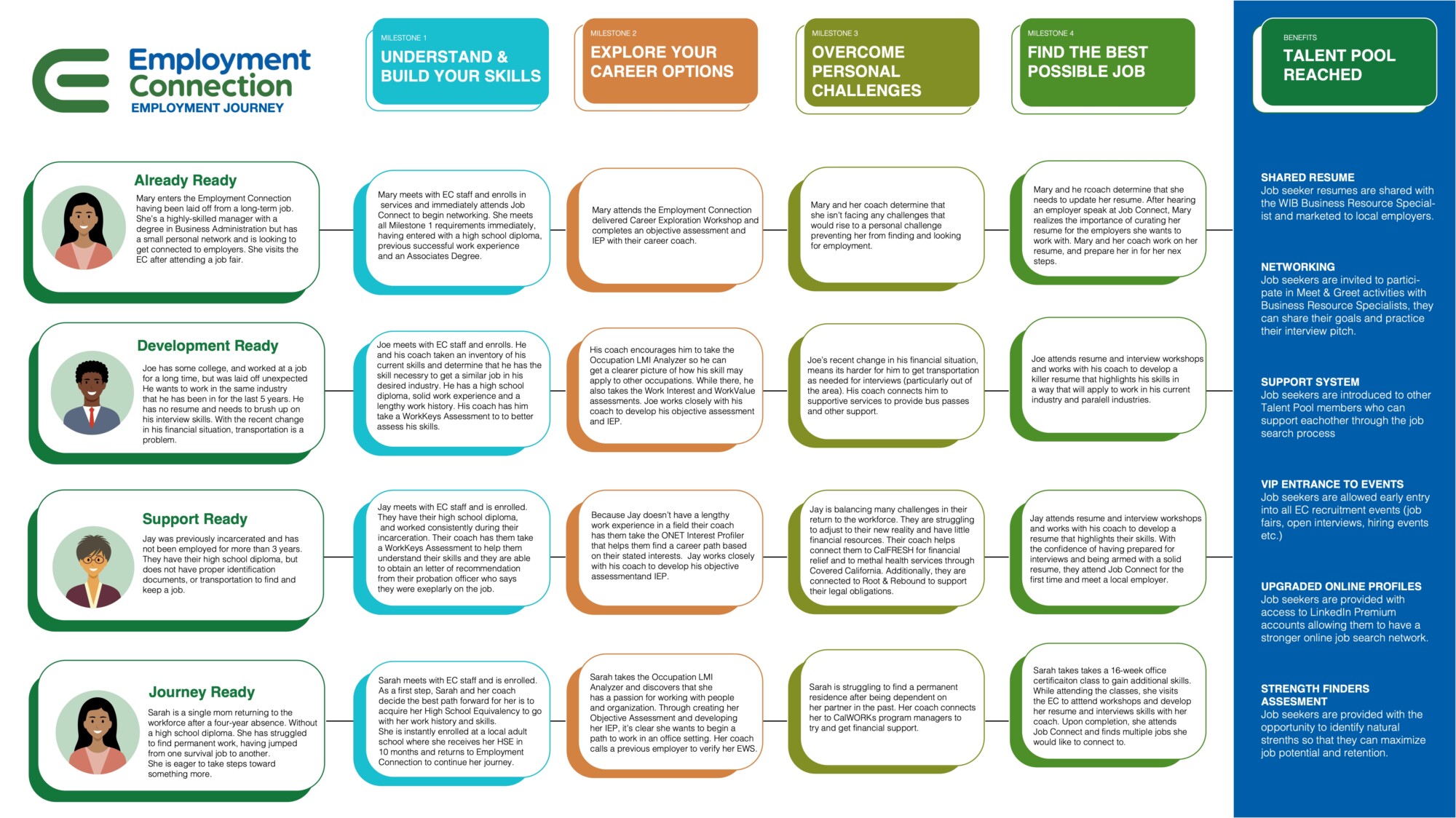
The Process
1. What do we need to know? Through a brainstorm with all staff-side stakeholders in the system, we identified the key questions that needed answers to validate the progress of the Talent Pool and better understand opportunities to create more value for the customers experiencing it.
2. Who do we need to learn from? We utilized our live journey map document (see Figure 1) to understand our customer segments and personas most impacted by updates and focused on engaging with them.
3. Set the rules. We used the CivicMakers Interview Protocol template to guide both how and who we interviewed. We sought to hear from three different customer segments:
- Customers that recently enrolled in the Talent Pool and are actively seeking employment – to understand the current state of the Talent Pool.
- Customers that were enrolled in the Talent Pool and were placed in jobs within the last two months – to understand reflections of those already in the Talent Pool.
- Customers who completed more than three milestones but were not enrolled in the Talent Pool and have either found employment or have been disconnected from our system – to understand the missed opportunities of the Talent Pool.
4. Conduct interviews. We completed 16 interviews, each lasting 30-40 minutes, over the course of three weeks with customers meeting the criteria above.
5. Honor the contributions. We delivered $25 gift cards to every customer who participated in the interview process.
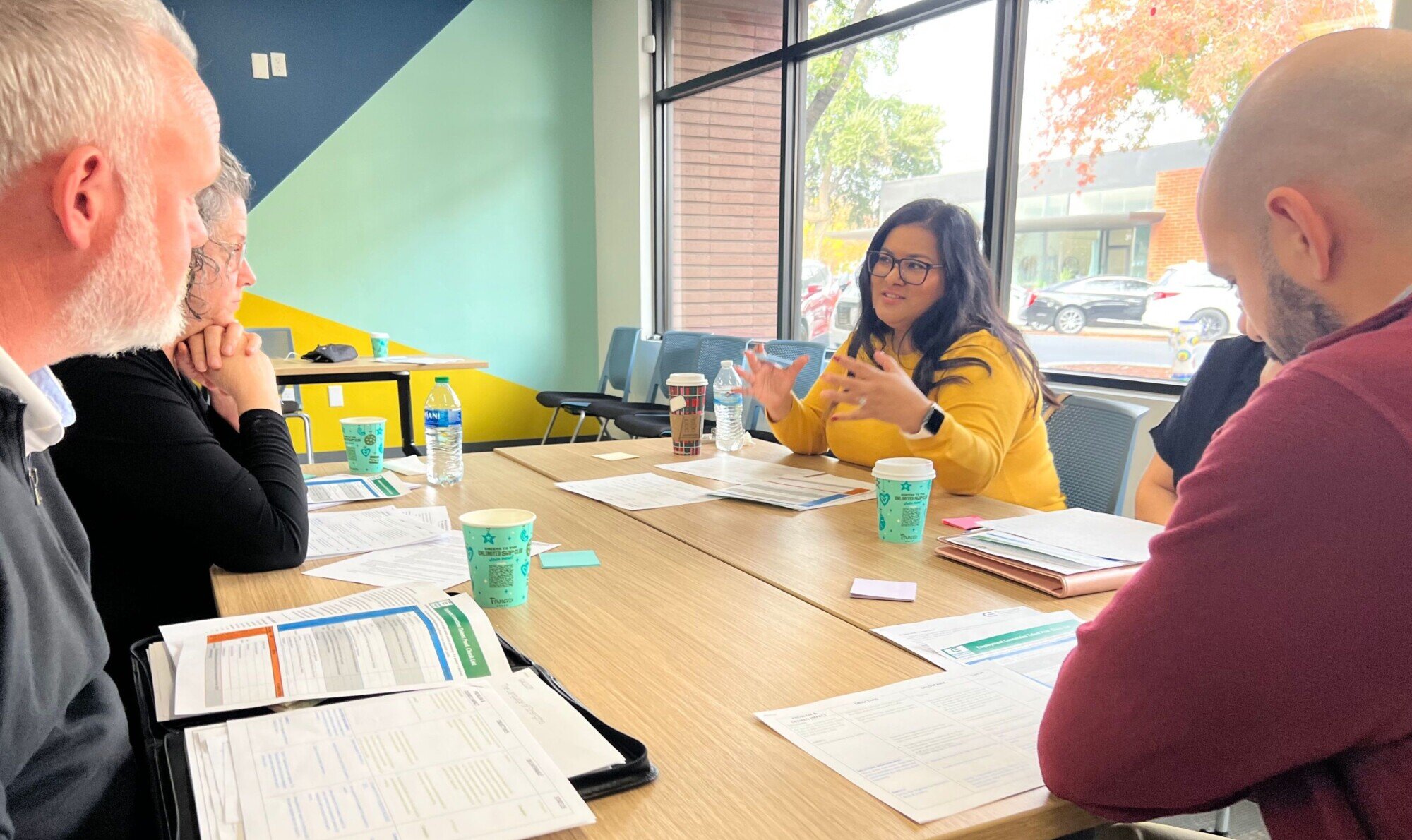
Recommendations
- Design your interview strategy. A detailed interview strategy enables your team to:
- Go into every interview or set of interviews with a clear objective.
- Actively work to remove your latent biases, creating and revising your line of questioning. Even test with collaborators before taking it to customers.
- Ensure clarity around how the interview is introduced to a potential interviewee and get proper consent.
- Have a clear structure to understand what questions (or line of questioning) work and what doesn’t.
- Stick to a script. By sticking to a script, the narrative insights can be collected in a unified fashion. This enables you to more easily use them as data points, directly comparing insights across interviews.
- Avoid the ‘shotgun’ approach. Too often, when organizations engage in this kind of fact-finding, it’s a more ‘shotgun’ approach – looking for a widespread and high volume of contacts. This method doesn’t provide consistent feedback, often misses the mark of what you need to know, and doesn’t respect the time and energy that your interviewees are contributing.
Author
Tom Price
Co-Founder / Managing Partner, Middlestate
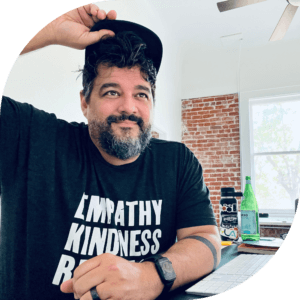
Husband to Tina, father to Walter & Cal, and a former community journalist turned human-centered designer. I believe in the incredible power of people to influence and improve organizations and systems through the act of participation. I’m a former Fellow with the Workforce Transformation Corps, a JFF managed and James Irvine Foundation sponsored project aiming to foster equitable change in the public workforce system by collaborating with future-focused workforce development boards committed to integrating human-centered design (HCD) principles into their services.
